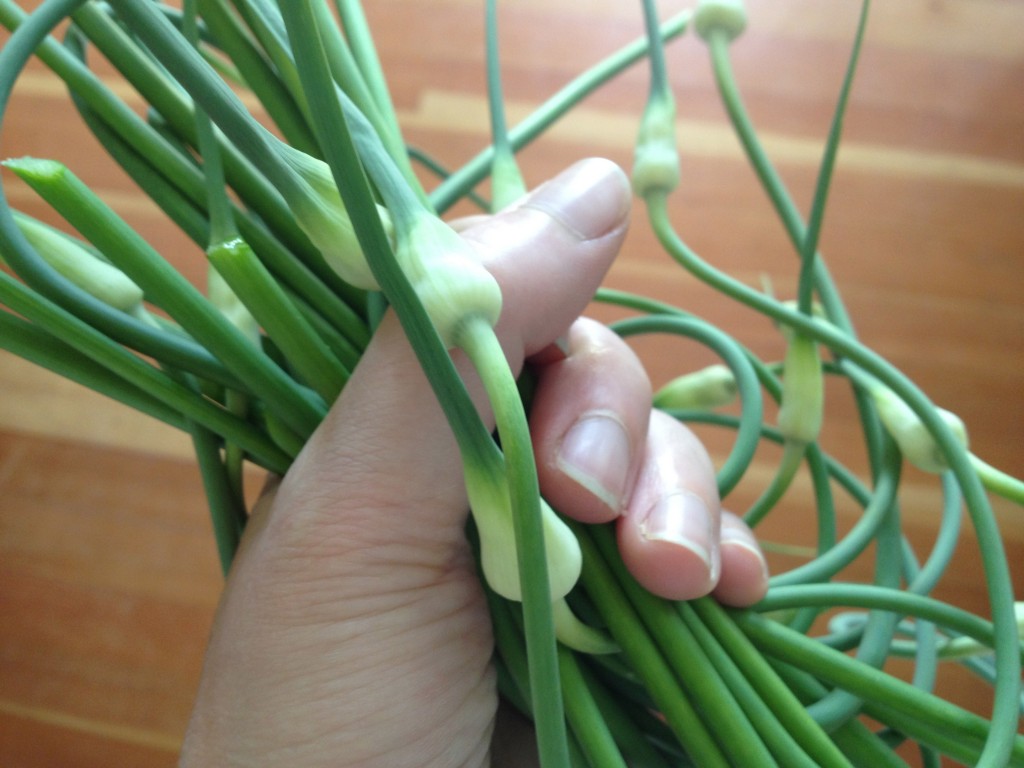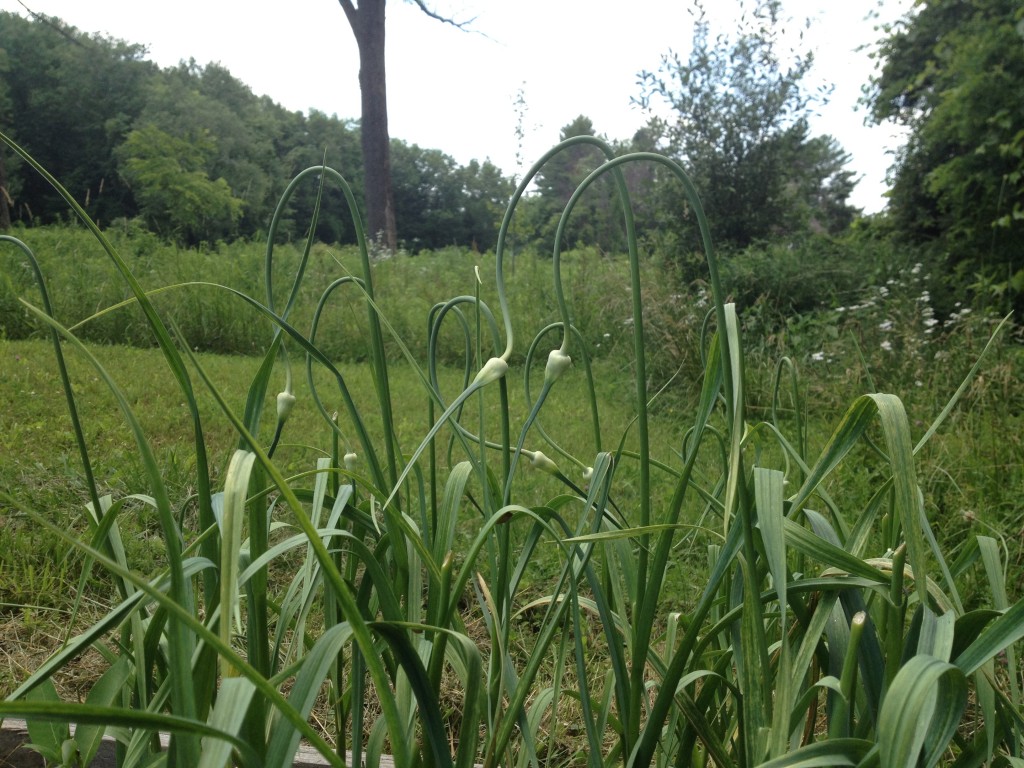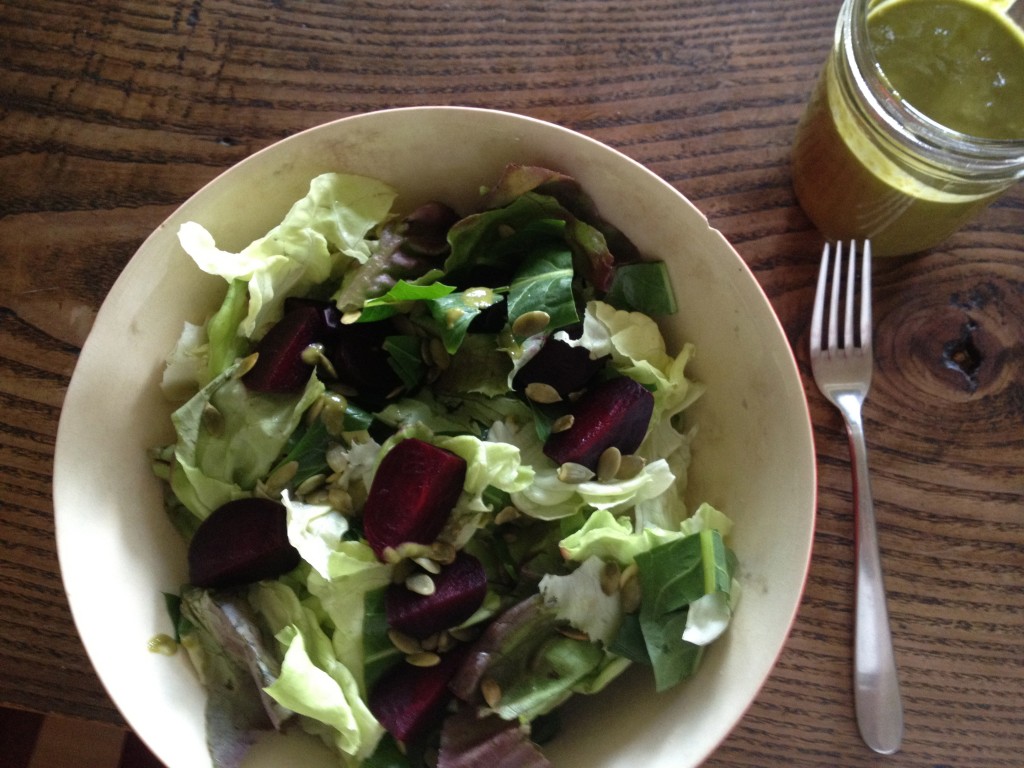 When I graduated from college, I got an award. It had been created by someone years ago, and officially, it was an award for public speaking. Confused, I took my little plaque or book or whatever it was they gave me, and I asked one of my professors what on earth the award was for. There was no “public speaking” at my school, and I had never gotten up to say so much as a sentence.
When I graduated from college, I got an award. It had been created by someone years ago, and officially, it was an award for public speaking. Confused, I took my little plaque or book or whatever it was they gave me, and I asked one of my professors what on earth the award was for. There was no “public speaking” at my school, and I had never gotten up to say so much as a sentence.
“Oh, it’s the not-afraid-to-ask-dumb-questions award.”
That’s me, queen of the dumb questions, the eternal beginner. And I take my title seriously, continuing to ask the dumb questions whenever the opportunity arises, which is ALL THE TIME.
In these few weeks that there are garlic scapes at the market, we get a lot of “I know this is a dumb question, but WHAT ARE THESE?!!!” They’re always in a big basket or box, tangled about each other like green snakes. They look alive, a little beautiful, and well, let’s just say that if Georgia O’Keefe wanted to explore the masculine side of things, she’d be painting the garlic scape. Where I work, they’re 10 for a buck, but good luck untangling one from another.
So here we go. Because first of all, it’s not a dumb question at all, and second of all, it’s garlic scape time! Let’s not shy away from the unknown. The rewards are numerous.
Garlic scapes are the flower of the garlic plant. They grow like this: These scapes in the photo are a little past where they should have been harvested–once they have that firm over-curve, they get a little tough, but they’re still good. They start out a little curlier and more delicate, and that’s really when you want to get cut them. They’re good in the fridge for weeks, so it’s good to stock up when they’re available.
These scapes in the photo are a little past where they should have been harvested–once they have that firm over-curve, they get a little tough, but they’re still good. They start out a little curlier and more delicate, and that’s really when you want to get cut them. They’re good in the fridge for weeks, so it’s good to stock up when they’re available.
The garlic plant keeps giving throughout the whole season. First, in the Spring, there is green garlic, which is the young scallion-like plant that you can find at the market. Sometimes garlic will be planted close together, so that it can be thinned out in the Spring at the green garlic phase. Other times, the green garlic you find at the market is the rogue growth from cloves that were left in the ground from the previous season. The next phase is the garlic scape, the flower of the plant. We’ll get into that more in a minute. Then, there is fresh garlic, which is the garlic bulb that has been harvested, but not yet cured. It’s delicious and strong in flavor. After that, the garlic you find has been cured, like what you can get in the grocery store. Those cured bulbs can be used for seed garlic, and then the cycle starts again.
So yes, the garlic scape–my favorite step in the garlic process, as long as you know what to do with them. With that, I give you:
7 THINGS TO DO WITH GARLIC SCAPES (a list of sorts, as well as an invitation to add to it!)
1. Pretty much anything you do with garlic: If the bottom is tough at all, snap it off. Chop the whole thing (including the flower) roughly. Add it to anything as you would garlic–saute, soup, sauce, anything. The scapes are milder than straight-up garlic, so you can add more chopped scapes than you would garlic.
2. Grill them: Keep the scapes whole. Toss with olive oil, salt and pepper. Throw a tangle of them on a hot grill and cook, shuffling with tongs, for just a few minutes, until they are soft with some good black spots on them.
3. Make pesto: Combine about 10 chopped scapes with 1/3 cup toasted nuts or seeds, 5-7 basil leaves (optional), 1/3 cup grated Parmesan, 1 tablespoon lemon juice, a pinch of salt, and a few grinds of pepper in the bowl of a food processor. Pulse to combine. Then, add about 1 cup of olive oil, slowly, until it all comes together and looks like pesto. Taste, and adjust salt, pepper, and lemon. This freezes well if you leave the cheese out.
4. Roast them: Toss with olive oil, salt, and pepper. Roast in a 425 degree oven on an oiled baking sheets for 20-30 minutes, or until just starting to brown. These are great on their own, and wonderful on pizza or pasta, too.
5. Pickle them: I’ll send you over to Marisa for this one.
6. Combine them with eggs: Scapes seem to have a particular affinity for eggs. Chop them up and cook for a few minutes in butter, then add to scrambled eggs, frittata, or a quiche.
7. Make salad dressing. Dip everything into it:

Garlic Scape Dressing
(This is really a dressing version of scape pesto. Feel free to improvise with any fresh herbs you might have around. I use balsamic vinegar in this dressing because I love the richness of it, but feel free to use apple cider vinegar, too. The dressing will have a slightly different zing to it, and it will be a bit greener.)
makes about 1 1/2 cups
10 Garlic Scapes, roughly chopped
10-12 basil leaves, roughly chopped
1 cup olive oil
1/4 cup balsamic vinegar
2 tablespoons lemon juice
1/2 teaspoon salt, or more, to taste
several grinds of pepper
Combine all ingredients in the blender and blend until smooth.

I MUST plant some garlic this year! Thanks for all the info.
An old thread but a new question. What about peeling scapes? We peeled a bunch to use last year, and vowed “never again”. Nowhere in this post do you mention needing to peel them. Ours had that classic paper coating.
Hi! I’d say if you had to peel them, they were harvested too late. Scapes should be harvested just when they’re starting to curl. Occasionally there might be a tough part at the bottom of the stalk, but they shouldn’t require peeling at all.